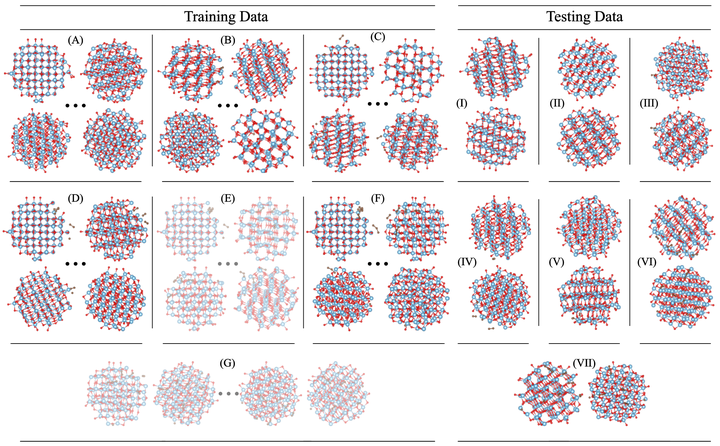Vision Based DFTB

In this study, we present an innovative approach that combines Density Functional Tight Binding (DFTB) with Computer Vision (CV) techniques to elucidate the electronic structure and enhance the photocatalytic capabilities of Carbon-doped titanium oxide nanoparticles (C-doped TiO2 NPs). Our investigation reveals the intricate impact of carbon doping on TiO2, showcasing how doping levels ranging from 0.1% to 0.6% progressively modify the material’s electronic structure and photocatalytic activity. Notably, we observe a correlation between increased carbon doping and a rise in total energy, suggesting a complex interaction between carbon incorporation and the energetic as well as structural dynamics of TiO2 NPs. This interaction is poised to improve photocatalytic efficiency, especially under visible light, by reducing the band gap through carbon doping. Our research is further distinguished by the application of CV methodologies, which enhance computational efficiency and predictive accuracy. These techniques not only validate the DFTB results but also accelerate the material discovery process via machine learning models. The capability of CV methods to precisely predict the properties of C-doped TiO2 NPs across various doping levels, combined with their computational benefits, represents a substantial advancement in the field of materials science.